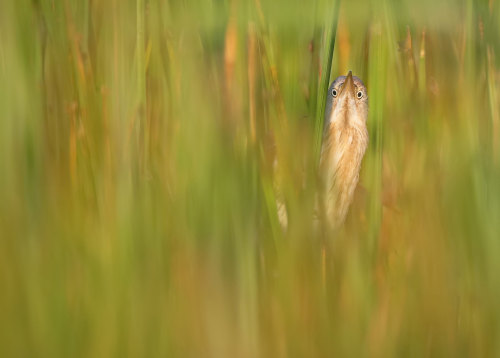Latest Posts by mystarypi - Page 5

kirby birb

This is the Orion Nebula! 🤩🤩🤩
It’s the closest star forming region to Earth and even visible without a telescope. In this image alone, there are almost 3000 stars! ✨✨✨
Some people think the Orion Nebula resembles a turkey - its body is the wide circular part and its head is the small circle off of the nebula. Can you see it? I hope you enjoy this stunning image for Thanksgiving! 🦃🦃🦃
Taken by me (Michelle Park) using the Slooh Canary Two telescope on November 20th, 2020 at 3:37 UTC.

Join us for a special Star Party Live on Sunday, November 29th at 12:00 pm EST!
The Slooh Ambassadors (which includes me) have been working on this Women are From Venus star party that hopes to encourage women to participate in astronomy!
I will be presenting my research during the event so please consider joining! There will also be other talks made by other Slooh women who are passionate about space.
All you need to do is to make a free account at Slooh.com and then watch the star party on the website! Please let me know if you have any questions and I hope you can attend 😆😆😆

This is the Pleiades in culmination! ✨✨✨
Just a few weeks ago, this cluster culminated in the south - meaning that they reached their highest point and appeared its brightest. Thankfully, the telescopes were open briefly for me to take a quick picture! ♥♥♥
Taken by me (Michelle Park) using the Slooh Chile One telescope on November 23rd, 2020 at 2:37 UTC.

2020 November 22
Dark Molecular Cloud Barnard 68 Image Credit: FORS Team, 8.2-meter VLT Antu, ESO
Explanation: Where did all the stars go? What used to be considered a hole in the sky is now known to astronomers as a dark molecular cloud. Here, a high concentration of dust and molecular gas absorb practically all the visible light emitted from background stars. The eerily dark surroundings help make the interiors of molecular clouds some of the coldest and most isolated places in the universe. One of the most notable of these dark absorption nebulae is a cloud toward the constellation Ophiuchus known as Barnard 68, pictured here. That no stars are visible in the center indicates that Barnard 68 is relatively nearby, with measurements placing it about 500 light-years away and half a light-year across. It is not known exactly how molecular clouds like Barnard 68 form, but it is known that these clouds are themselves likely places for new stars to form. In fact, Barnard 68 itself has been found likely to collapse and form a new star system. It is possible to look right through the cloud in infrared light.
∞ Source: apod.nasa.gov/apod/ap201122.html



Throwback Thursday!
f l o o f
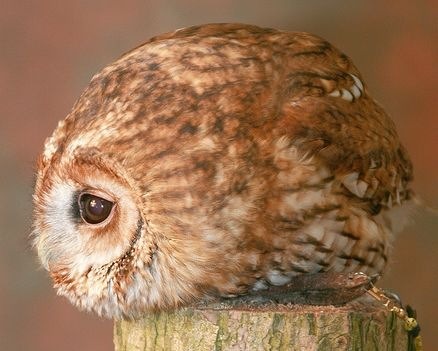
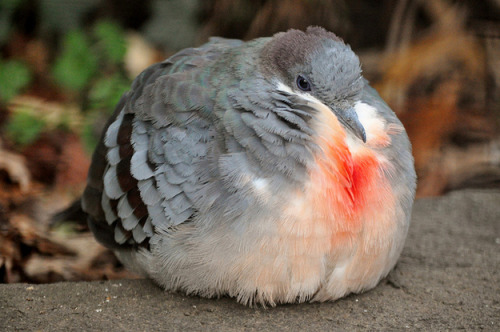



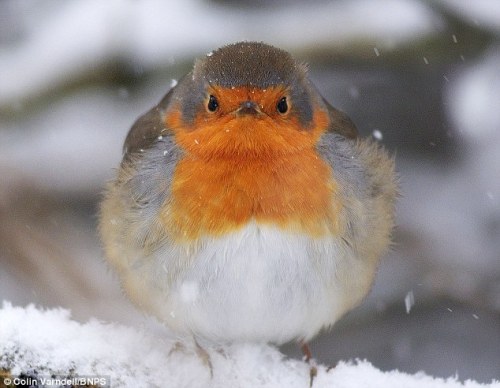


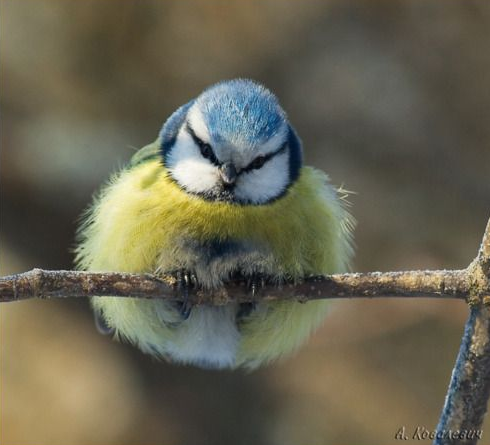

Look at these birbs

The Silver Coin Galaxy 🌌
My favorite galaxy by far. This starburst spiral galaxy, also known as NGC 253, is undergoing massive star formation and thus is incredibly bright ✨
Taken by me (Michelle Park) using the Slooh Canary Two telescope on October 20th, 2019.

This is the Pleiades! 💫💫💫
This stunning cluster is the nearest object in the Messier catalog to Earth and is easily visible in the night sky. Each of these stars are almost 40 times brighter than our Sun and are surrounded by a reflection nebula! 🌞🌞🌞
Taken by me (Michelle Park) using the Slooh Canary Two telescope on October 22nd, 2020 at 22:56 UTC.

Lagoon Nebula, M8, in Sagittarius ❤
Taken by me (Michelle Park) using the Slooh Canary Two Telescope, taken in August 2018.

One of the most difficult collections ever: the Caldwell object collection! ♥♥♥
Taking around 6 months to complete, this was one of the longest collections ever! Many of these objects could be photographed during specific times of the year so I often had to wait months before I could take a picture. 🎇🎆🌌✨💫
Taken by me (Michelle Park) using the Slooh telescopes!



This is the Blue Moon! 🌝✨🌝✨🌝✨
A blue moon occurs when there are more than 1 full moon per month (it’s not actually blue 😭). We were lucky to have it on Halloween since this occurrence is pretty rare: the next time there will be a blue moon on Halloween is 19 years from now! 👻🎃🦇🍬🍭🍫
Taken by me (Michelle Park) using the Slooh Canary Two telescope on October 31st, 2020 at 23:29 UTC.



Simple, circular sceneries




Slooh just got a massive update so there are more quests - which means more collages of astrophotos!
Here is a collection of some of my best nebulae photos: the Lagoon Nebula, Rho Ophiuchi, Horsehead Nebula, and Dumbbell Nebula! 🎇💫🎊🎆✨




One of my best shots of this stunning galaxy! Please follow my astrophotography tumblr (mystarypi-astronomy.tumblr.com) for similar astrophotos like these!

This is the Silver Coin Galaxy! 💸💸💸
This is one of the brightest and dustiest galaxies known to Earth. With so much dust, star formation is aggressive in this galaxy and thus, it is classified as a starbust galaxy! ✨✨✨
Many scientists think that the star formation may have also been caused by the Silver Coin Galaxy’s collision with a dwarf galaxy billions of years ago! 🌌🌌🌌
Taken by me (Michelle Park) using the Slooh Chile One telescope on October 21st, 2020 at 6:52 UTC.

Artist: ThreeLeaves

Spooky Goosy






Hello everyone!
Thank you so much for all the support for my astrophotography blog! I just wanted to let you guys know that I have started a project and a blog about light pollution.
As an avid astrophotographer, light pollution has affected me in a variety of ways - most notably by messing up my pictures 😂
I attached the Project DeLight link to this post. I’m also gathering data about outdoor light features across the world: https://forms.gle/UER8BtStqWktf2kn6 - the form will only take about 1-2 minutes and I’ve already posted about the first batch of data in the DeLight blog.
Thank you everyone!
Michelle Park

usagi’s desk
-
hd w/ music | my shop

loop

This is the Orion Nebula! ✨✨✨
There are around 700 newborn stars in this nebula and more are being born each year! This is without a doubt, the most photographed object in the night sky due to its bright and radiant colors. You might even be able to see it without a telescope (in good weather)! 😍😍😍
Taken by me (Michelle Park) using the Slooh Canary Two telescope on September 14th, 2020 at 5:36 UTC.







lets remember all the information y’all

